
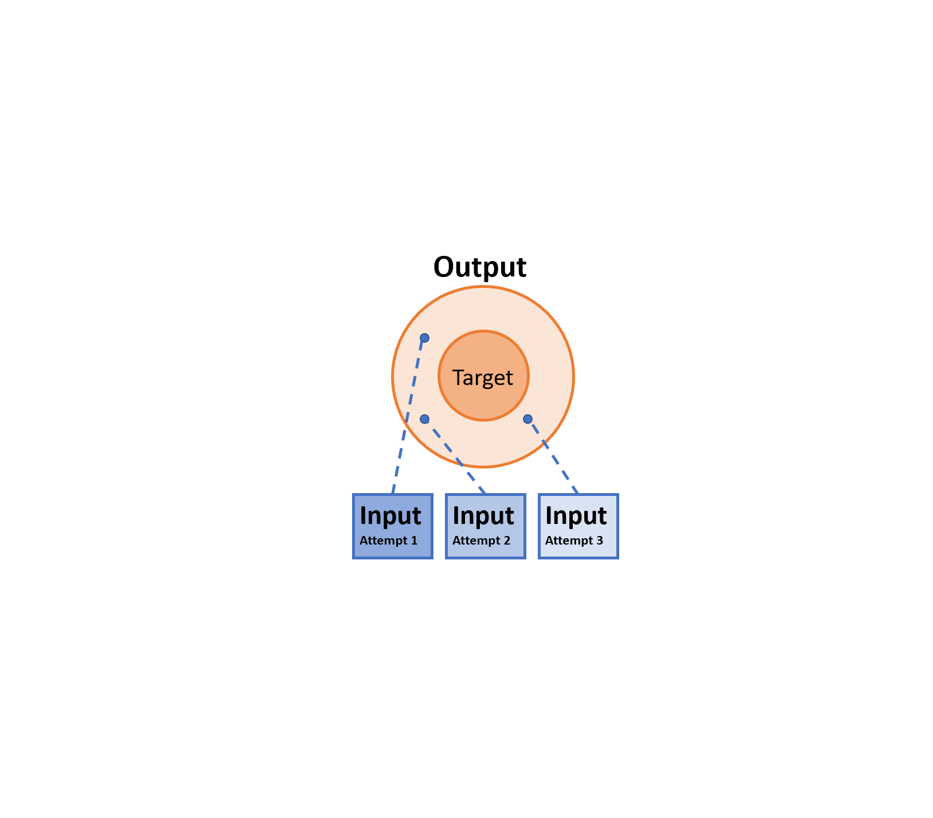
An Approach to Leverage Feedback to Improve Processes
Based on any additional knowledge gained from the feedback we have collected, what are we going to do differently next time? Our processes encapsulate our methodologies or our approaches to solve a problem. To improve our processes from feedback, we need to 1) connect inputs to outputs and 2) categorize the trends.

4 Areas to Actively Seek out Feedback
Every piece of feedback that we receive is another learning point and thereby accelerates our individual and organizational growth. Today, we will discuss the different areas that we can obtain more feedback.

Three Steps to Follow Up with High EQ
We need to follow up with high emotional intelligence, meaning to consider, understand, and elevate the feelings of the other individual before and while we follow up
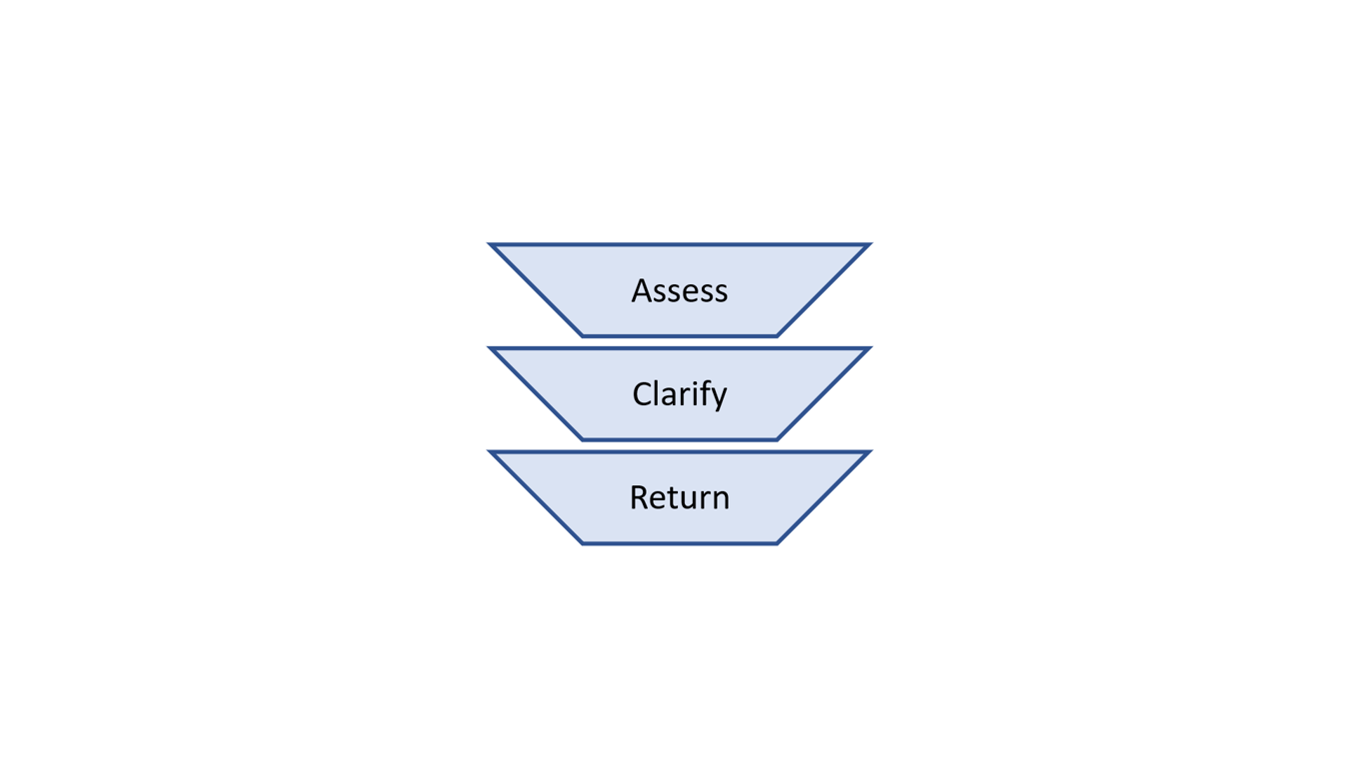
How to Digest Non-Constructive Feedback
Situations where the feedback provided was not constructive can be viewed as disadvantageous, but if non-constructive feedback is digested appropriately, the feedback recipient can elevate her or his communication and problem solving capabilities.
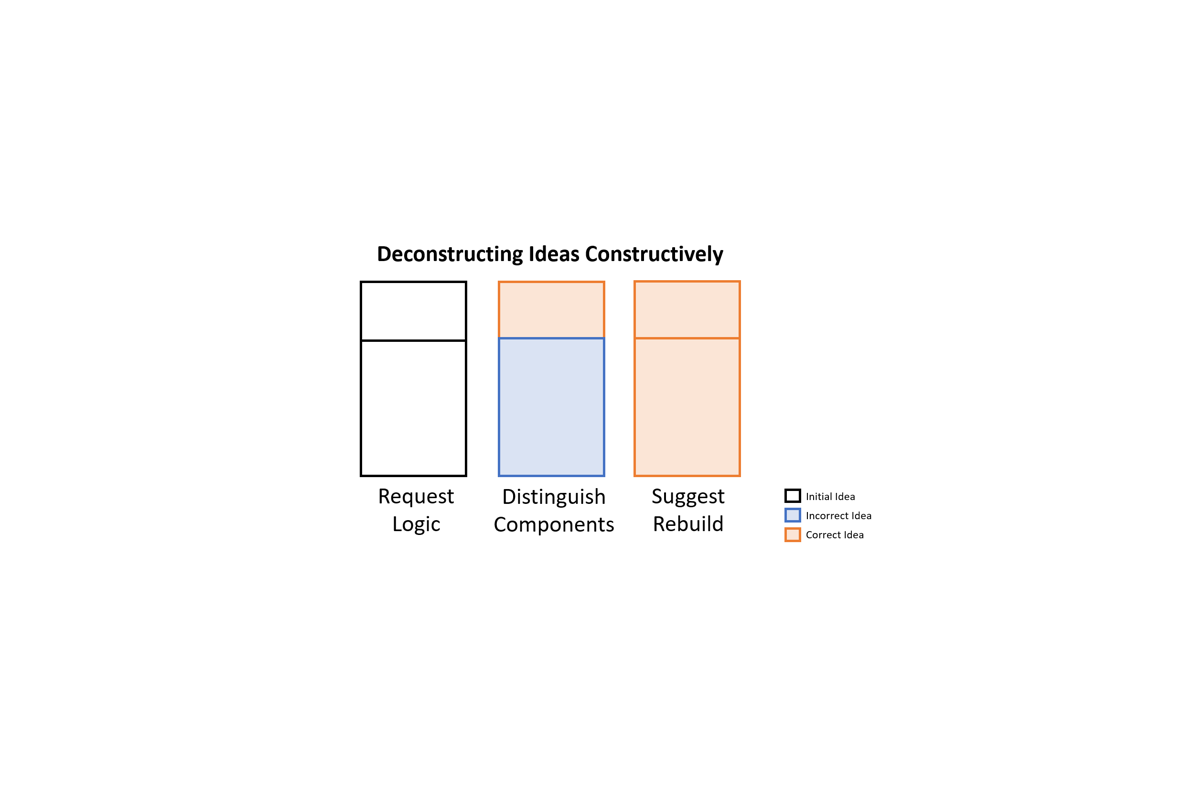
How to Break Apart Vague Feedback
There are many ways to give feedback, but deconstructing the idea together will lead to the greatest personal development from the team member. Deconstructing an idea involves requesting for the team member's underlying logic, distinguishing correct and incorrect pieces, and then suggesting that the team member rebuilds the idea given our discussion.

Methods to Increase Workplace Morale
Morale is the most important resource in a team or company. A team with high morale can work hard, produce strong results, and desire to continue working hard and producing strong results. A team with low morale will struggle to produce meaningful work and often face high turnover rates. Managing workplace morale can be built by understanding our team members' [working] relationships, problems, and goals.
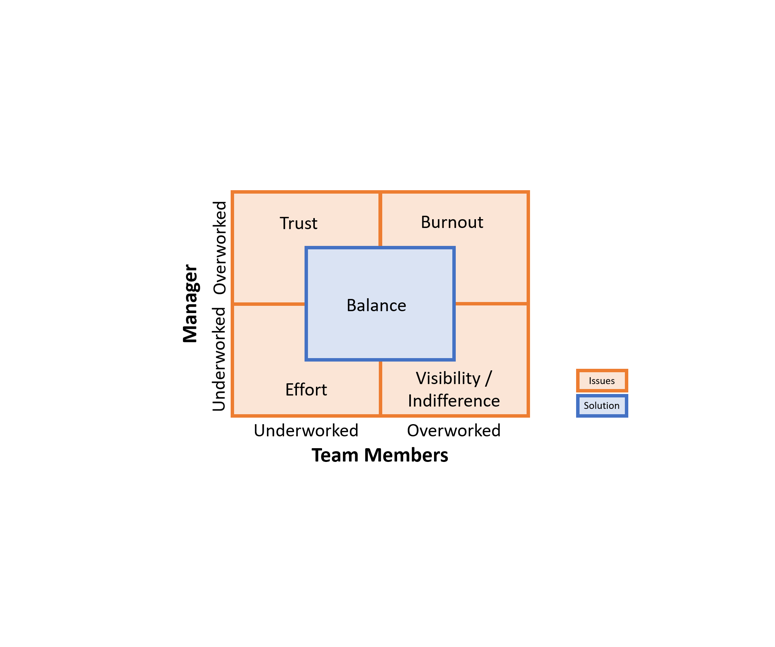
How Teams can overcome Trust and Visibility Issues
A poor dynamic of balancing workloads across a team is often the source of low morale. Recognizing that a problem exist is the first step, but we need to find the optimal balance, where both manager and team members are working productively and sustainably.
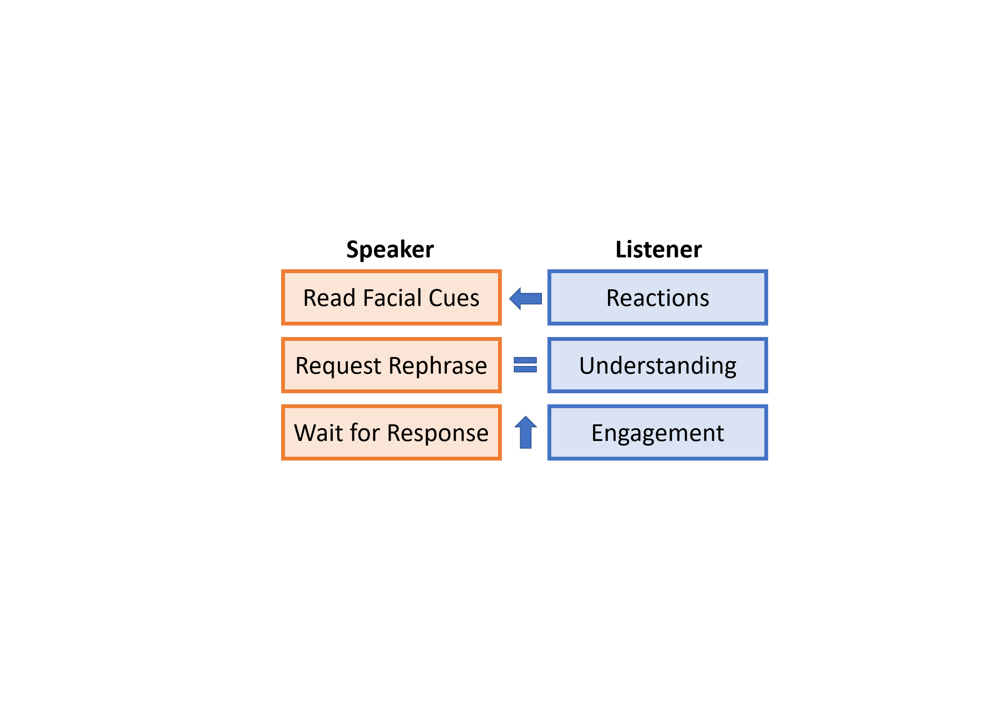
How to Gauge Listener Understanding
We can speak confidently in a structured manner, but the our communication is only as good as the message received by the listener(s). This then drives the question: How can we make sure our message is being interpreted as we intended?

Speaking Tips: Confident Demeanor & Structured Ideas
Vocalization is essential in any working environment, including but not limited to one-on-one chats, company wide meetings, and inter-company meetings, as ideas need to be clearly communicated to one another. We may be the presenter or we may be a participant. In both cases, this article's aim is to optimize our voice to advance our careers through first understanding structured and confident vocalization, and then learning how to make adjustments from our respective starting points.

Why Harvesting Feedback is a Necessity
If we only execute great work and are not getting the appropriate feedback, our learning and professional development will begin to stagnate. If we are not learning and progressing, we will not receive high impact projects; or if we do, we will not perform as well on them. If we are not excelling in increasingly difficult projects, we will not progress professionally. So in order to continue learning, improve our perception to management, and thereby accelerate professionally, we need to harvest feedback.

Three Elements to a Frictionless Onboarding Culture
I define a positive team culture as one that outputs strong results and develops its people concurrently. Regardless if your company is tripling headcount year on year or occasionally adding a few staff members, a frictionless onboarding is the first step to developing a positive team culture, which will create a welcoming aura to attract and retain talent.

The Fundamentals of Managing Upwards
Managing Upwards involves working with your manager to optimize what is best for the company and also best for you. To do so, we need to understand the impact of our work, explain methodologies, and get feedback as we progress. Managers cannot think what is best for every situation, so we need to help guide them by providing well thought out options.

How to Cleanly Navigate Corporate Politics
Clean Navigation of Corporate Politics: developing fluid work relationships that are symbiotic and span in every direction, not just upwards to bosses, but also to peers, subordinates, and across other teams; these fluid relationships will then lubricate the path to achieving our goal(s)

Approaches to Provide Tough Feedback with High EQ
The goal is to have people discover WHY and HOW to improve. From this discovery, the conversation can trend towards next steps naturally. I use the word discover as opposed to explain, because we are not telling people they are wrong, we are providing the logical framework for them to understand how to trend towards perfection.

Three Growth Mindset Filters for Approaching Antagonistic Relationships
Approaching antagonistic relationships with a growth mindset is essential to continually improving both your craft and your working relationships.